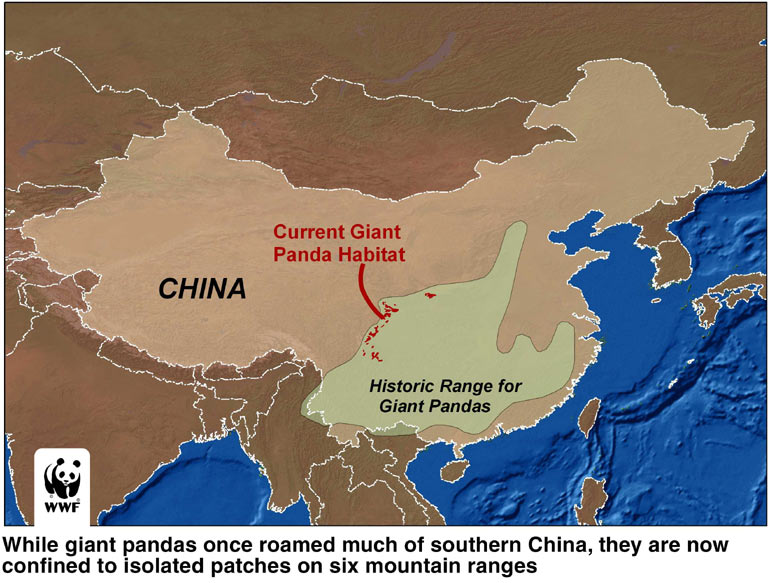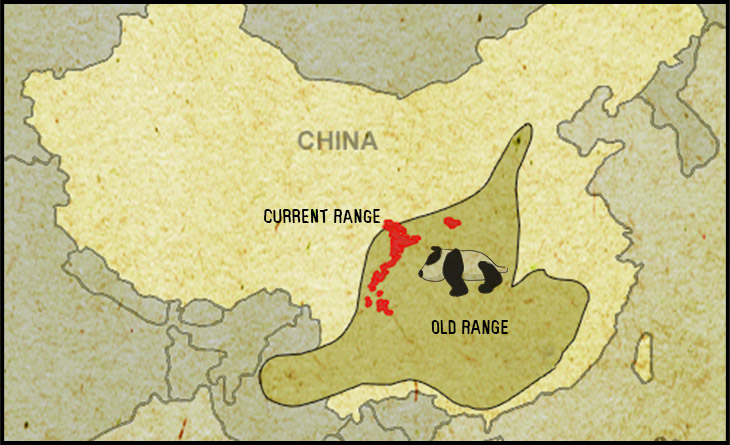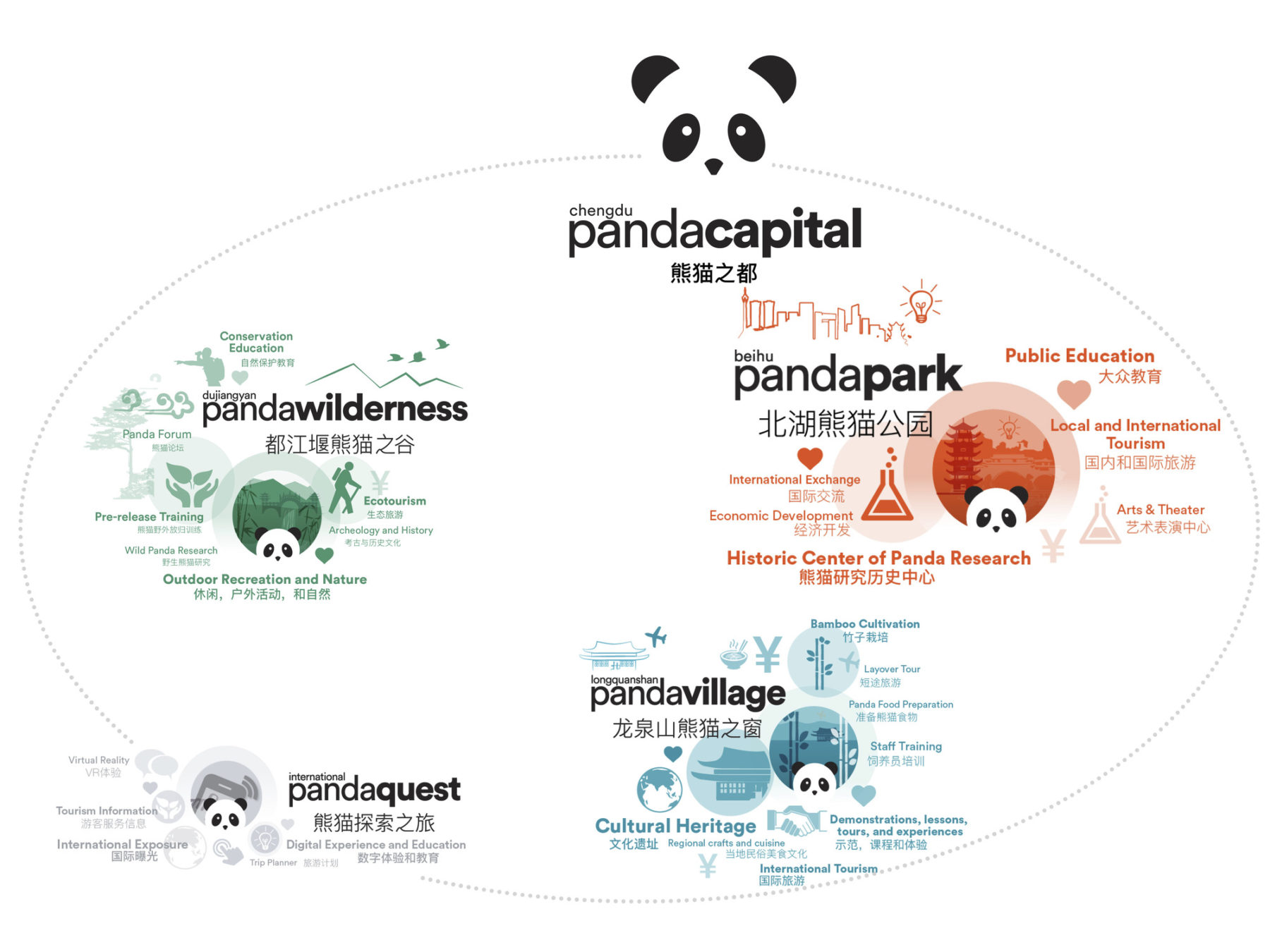Pandas Map Vs Apply. DataFrame.apply method is used to apply a function along the specified axis of the pandas DataFrame. apply () method operates on entire rows or columns at a time and is mostly suitable when it comes to applying functions that cannot be vectorised. We can also use the for loop to iterate over each element in the df DataFrame, but it makes our code less readable, messy, and less efficient. applymap () is an alternative approach that makes the code more readable and efficient. Table of Contents The map () Method pandas. By the end of this tutorial, you'll have a strong understanding of how Pandas applies vectorized functions and how these are optimized for performance. Series.map# Series. map (arg, na_action = None) [source] # Map values of Series according to an input mapping or function. The na_action essentially lets you decide what happens to NaN values if they exist in the series.

Pandas Map Vs Apply. We can also use the for loop to iterate over each element in the df DataFrame, but it makes our code less readable, messy, and less efficient. applymap () is an alternative approach that makes the code more readable and efficient. I have also seen users commenting under them saying that " apply is slow, and should be avoided". Difference Between map () vs applymap () vs apply () methods The main advantage of pandas is to manipulate data (transformations) and apply analytics on the data, all these map (), applymap () and apply () methods are used to modify the data however there are differences between these and their usage are slightly different. Used for substituting each value in a Series with another value, that may be derived from a function, a dict or a Series. When combined with Pandas functions such as.map(), .apply(), or .applymap(), a Lambda function can be a powerful tool to derive new values. . This write-up talks about pandas map vs put on contrast both approaches. Pandas Map Vs Apply.
This write-up talks about pandas map vs put on contrast both approaches.
DataFrame.applymap () Syntax and Usage Below is the syntax of the DataFrame.applymap () function, this function takes one required parameter, one optional parameter and **kwargs.
Pandas Map Vs Apply. When combined with Pandas functions such as.map(), .apply(), or .applymap(), a Lambda function can be a powerful tool to derive new values. . By the end of this tutorial, you'll have a strong understanding of how Pandas applies vectorized functions and how these are optimized for performance. The na_action essentially lets you decide what happens to NaN values if they exist in the series. In other words,.map() passes to the Lambda function one element at a time whereas . Apart from historical analogy to Python's apply () and map () functions, is there a reason to prefer one over the other in general use? pandas. Python function, returns a single value from a single value.
Pandas Map Vs Apply.










